
View From Arada | Aug 13,2022
Dec 30 , 2023
By Bjorn Lomborg
As we set resolutions to achieve personal goals and give back, the end of the year is a time to envision the positive changes we can bring to the world in the upcoming 12 months. Shining a light on the power of doing good, it is a time to consider how we can extend our impact to do the most that we possibly can.
Globally, all countries have promised to fix all the world's big issues by 2030, through the Sustainable Development Goals (SDGs). The world's governments came together in 2015 to promise to end hunger, poverty, and disease; to fix corruption, climate change, and war; and to ensure jobs, growth, and education along with a bewildering array of big and small promises like developing more urban gardens.
Unfortunately, even the United Nations (UN) admitted this year that we are failing badly. Promising everything means nothing is a priority.
We need to insist that our politicians get real in 2024 and focus first on the most efficient policies. And in our own end-of-year donations, we should similarly look to achieve the most good we can for every dollar spent.
In recent years, with the Copenhagen Consensus, a think-tank, I have worked with over 100 of the world's top economists and several Nobel Laureates to discover where we can help the most first. Our free, peer-reviewed findings, which can also be read in the book "Best Things First", offer a roadmap for the 12 smartest initiatives for politicians around the world. They highlight proven solutions to persistent problems that deliver immense benefits at low cost.
These are policies like delivering more mosquito nets to tackle malaria, nutritional supplements for pregnant women to boost the baby's opportunities even before it is born, or better legal protection to ensure poor farmers' rights over their land, increasing productivity.
Politicians could set aside just 35 billion dollars a year — a rounding error in most global negotiations — to deliver immense benefits. Implementing these policies would save 4.2 million lives annually and make the poorer half of the world more than one trillion dollars better off every year. On average, a dollar invested would deliver an astounding 52 dollars of social benefits.
But just as these overarching goals should inspire and guide politicians, they can also guide us as we make our own end-of-year donations to help make a better 2024.
We need to focus more on the tuberculosis (TB) epidemic. TB has been treatable for more than 50 years, yet still kills more than 1.4 million people annually. The solution is quite straightforward: Make sure more people get diagnosed and make it easier for patients to stay on their medication, which is needed for a gruelling six months. Many organisations push for these simple solutions, and we can help them.
We find that governments should similarly increase their funding. Just 6.2 billion dollars annually can save a million lives a year over the coming decades. Each dollar delivers an impressive 46 dollars of social benefits.
We also need to pay attention to cheap and efficient ways to increase learning for kids in schools.
Shared tablets with educational software used just one hour a day cost only 31 dollars per student over a year, resulting in learning that generally would take three years. Semi-structured teaching plans can make teachers teach more efficiently, doubling learning outcomes each year for just nine dollars per student. As individuals, we can donate to organisations doing amazing work in these areas, across Africa and beyond.
Governments could collectively - and dramatically - improve education for almost half a billion primary school students in the world's poorer half for less than 10 billion dollars annually — to generate long-term productivity increases worth 65 dollars for each dollar spent.
And we can help much more with maternal and child health. The research shows a simple package of policies that improve primary care and family planning access is compelling – and many organisations are working hard in these areas. If we could convince politicians to commit less than five billion dollars annually, we could save the lives of 166,000 mothers and 1.2 million newborns annually.
Across all the policies we identified, inspiring organisations are doing incredible work. Our donations—and any additional government spending—can have the biggest impact in these areas.
As the year winds down, we are presented with an occasion to break free from the never-ending cycle of negativity. The holiday season, with its moments of reflection and celebration, encourages us to pause and take stock of the positive aspects of our lives and the world at large.
For 2024, let us resolve not only to help more but to help better. Let's focus on making the most effective and impactful contributions to create a brighter world in the 12 months ahead.
PUBLISHED ON
Dec 30,2023 [ VOL
24 , NO
1235]


View From Arada | Aug 13,2022
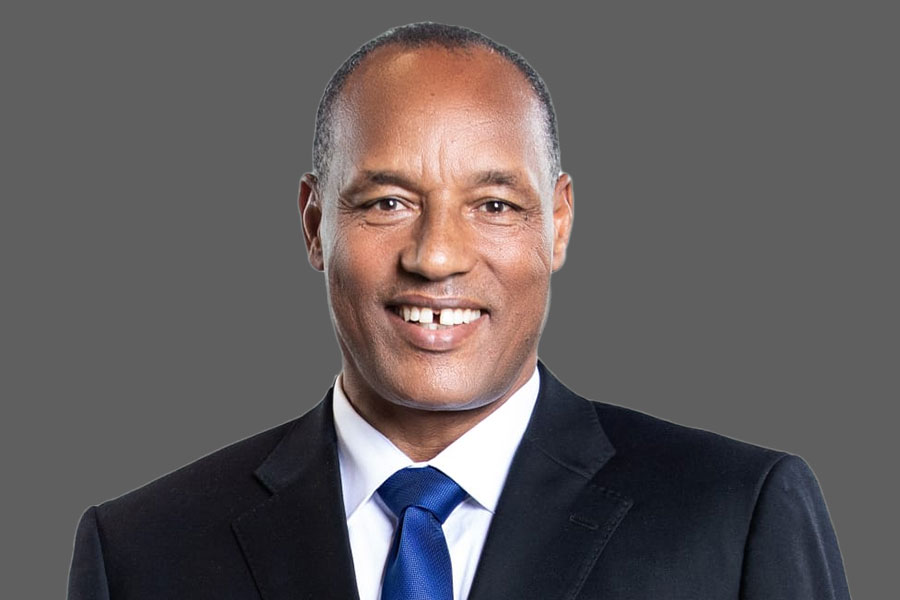
Obituary | Mar 16,2024

Fortune News | Feb 18,2023
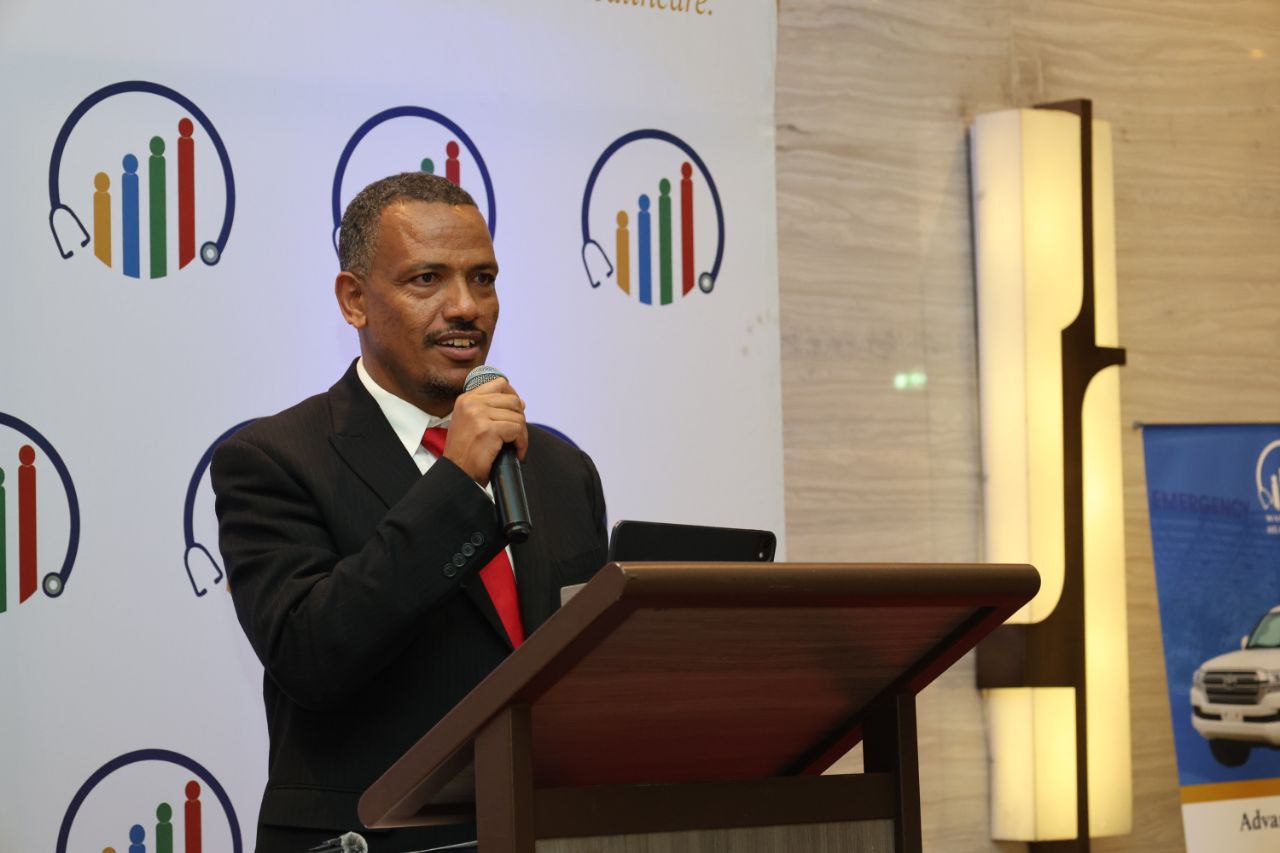
Fortune News | Sep 13,2025

Viewpoints | Jun 21,2025

Radar | Jun 29,2019

Fortune News | Oct 15,2022

My Opinion | Mar 26,2022

Fortune News | Jan 07,2023
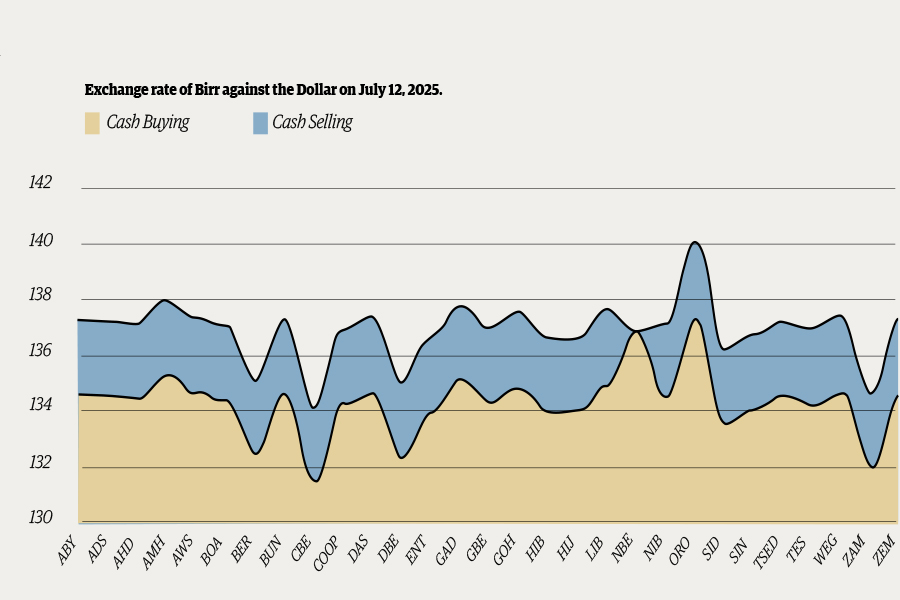
Money Market Watch | Jul 13,2025
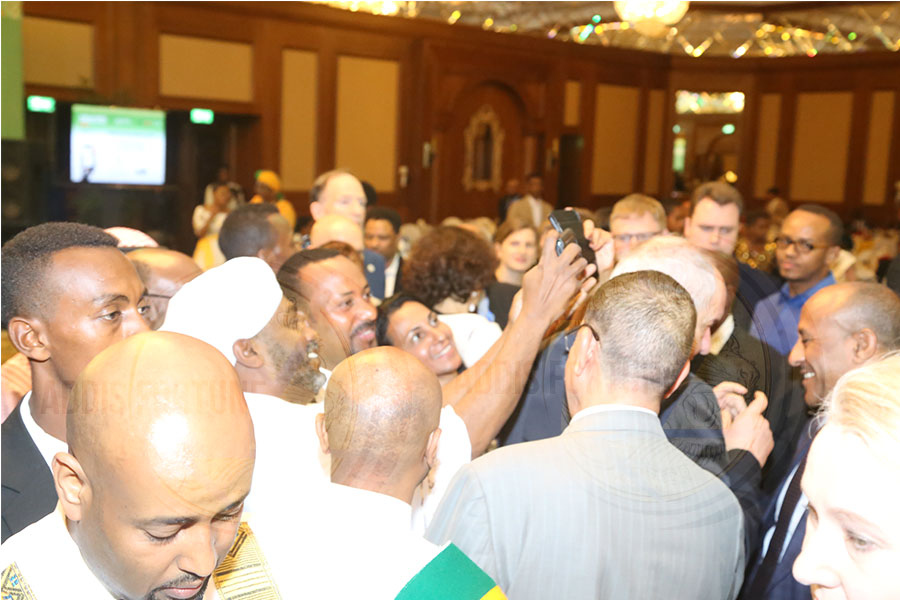
Photo Gallery | 173632 Views | May 06,2019
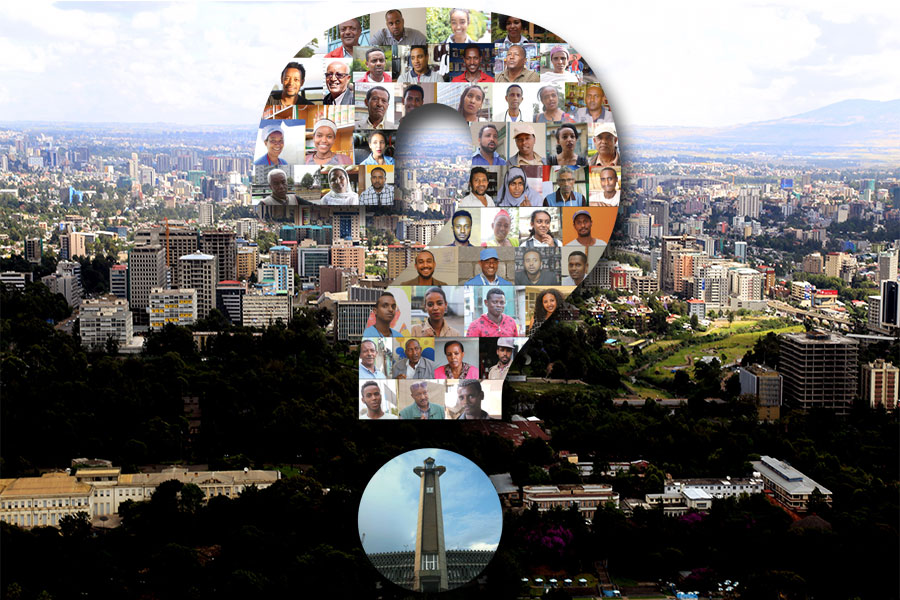
Photo Gallery | 163852 Views | Apr 26,2019
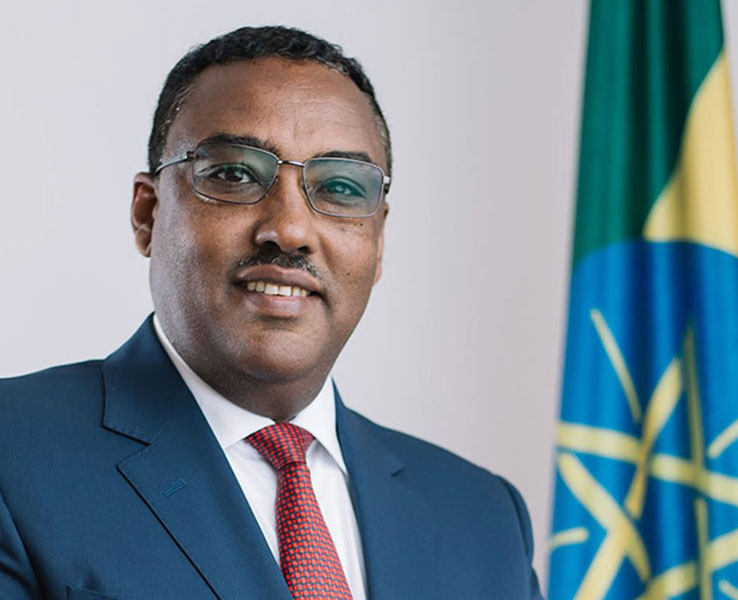
Photo Gallery | 153867 Views | Oct 06,2021

My Opinion | 136540 Views | Aug 14,2021
Editorial | Oct 11,2025

Dec 22 , 2024 . By TIZITA SHEWAFERAW
Charged with transforming colossal state-owned enterprises into modern and competitiv...

Aug 18 , 2024 . By AKSAH ITALO
Although predictable Yonas Zerihun's job in the ride-hailing service is not immune to...

Jul 28 , 2024 . By TIZITA SHEWAFERAW
Unhabitual, perhaps too many, Samuel Gebreyohannes, 38, used to occasionally enjoy a couple of beers at breakfast. However, he recently swit...

Jul 13 , 2024 . By AKSAH ITALO
Investors who rely on tractors, trucks, and field vehicles for commuting, transporting commodities, and f...

Oct 11 , 2025
Ladislas Farago, a roving Associated Press (AP) correspondent, arrived in Ethiopia in...

Oct 4 , 2025
Eyob Tekalegn (PhD) had been in the Governor's chair for only weeks when, on Septembe...

Sep 27 , 2025
Four years into an experiment with “shock therapy” in education, the national moo...

Sep 20 , 2025
Getachew Reda's return to the national stage was always going to stir attention. Once...

Oct 12 , 2025
Tomato prices in Addis Abeba have surged to unprecedented levels, with retail stands charging between 85 Br and 140 Br a kilo, nearly triple...
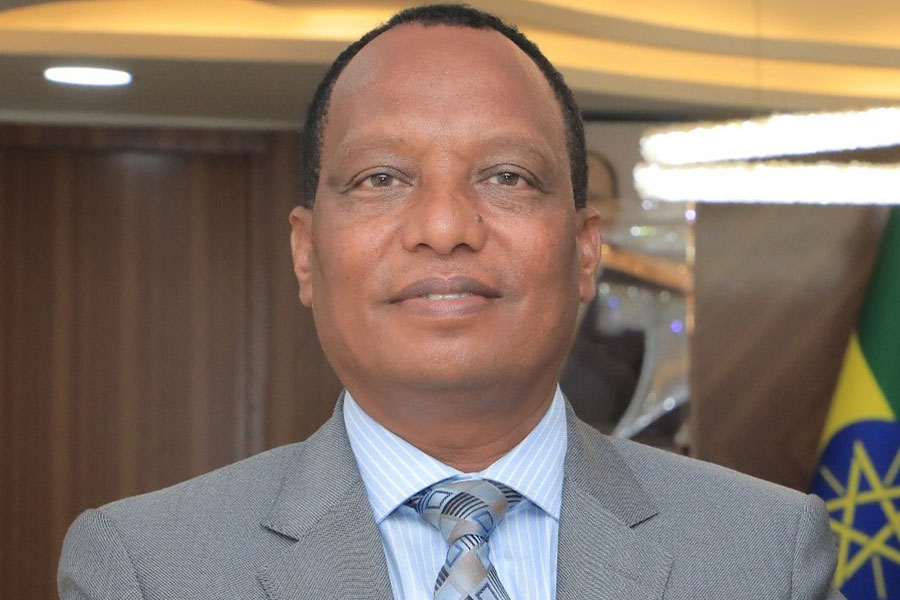
Oct 12 , 2025 . By BEZAWIT HULUAGER
A sweeping change in the vehicle licensing system has tilted the scales in favour of electric vehicle (EV...

Oct 12 , 2025 . By NAHOM AYELE
A simmering dispute between the legal profession and the federal government is nearing a breaking point,...

Oct 12 , 2025 . By NAHOM AYELE
A violent storm that ripped through the flower belt of Bishoftu (Debreziet), 45Km east of the capital, in...